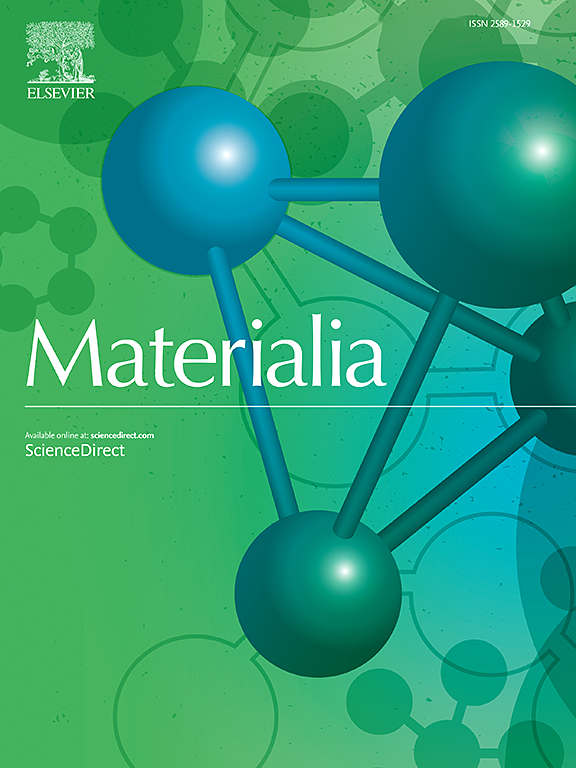Aluminium-induced modulation of reaction kinetics and polytype formation in silicon carbide synthesized through high-energy ball milling
IF 3
Q2 MATERIALS SCIENCE, MULTIDISCIPLINARY
引用次数: 0
Abstract
Silicon carbide (SiC) is a versatile material employed in a broad range of applications, including abrasives, power electronics, and emerging quantum technologies. It is widely recognized as a high-performance technical ceramic, owing to its good thermal conductivity, high hardness, and chemical stability. Cost-effective strategies for synthesizing SiC with application-specific properties are thus highly desired, stimulating the development of numerous approaches to produce high-quality products. Direct synthesis of SiC from elemental silicon and carbon offers precise control over crystal size and phase purity at temperatures lower than those required for the reaction between SiO₂ and carbon. Nonetheless, further reductions in reaction temperature are desired to enhance both cost- and energy efficiency. This study explores the combined effects of high-energy ball milling, combustion synthesis, and aluminium addition on the formation of SiC. Both the precursors and the resultant products were comprehensively characterized to elucidate the influence of these processing methods. The results indicate that aluminium, in the studied 0–20 mol% concentration range, reduces the reaction time and increases the prevalence of hexagonal inclusions. In contrast, wet high-energy ball milling demonstrates only a marginal mechanical activation effect, which contradicts the previous results of dry milling. Furthermore, the oversaturation threshold (5 mol% Al in SiC) critically impacts both the synthesis process and the resulting material properties, thereby demonstrating the importance of composition control during synthesis.

求助全文
约1分钟内获得全文
求助全文
来源期刊

Materialia
MATERIALS SCIENCE, MULTIDISCIPLINARY-
CiteScore
6.40
自引率
2.90%
发文量
345
审稿时长
36 days
期刊介绍:
Materialia is a multidisciplinary journal of materials science and engineering that publishes original peer-reviewed research articles. Articles in Materialia advance the understanding of the relationship between processing, structure, property, and function of materials.
Materialia publishes full-length research articles, review articles, and letters (short communications). In addition to receiving direct submissions, Materialia also accepts transfers from Acta Materialia, Inc. partner journals. Materialia offers authors the choice to publish on an open access model (with author fee), or on a subscription model (with no author fee).
 求助内容:
求助内容: 应助结果提醒方式:
应助结果提醒方式:


